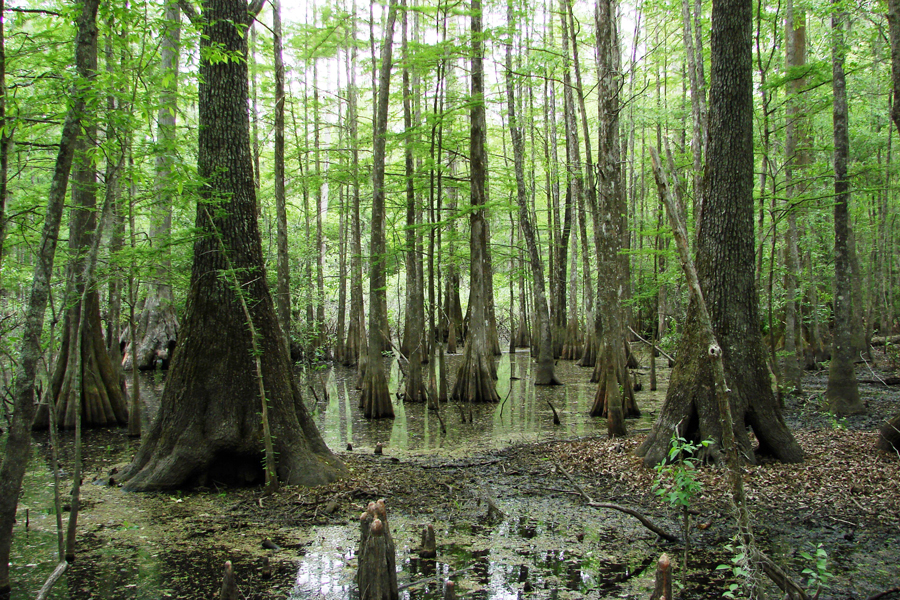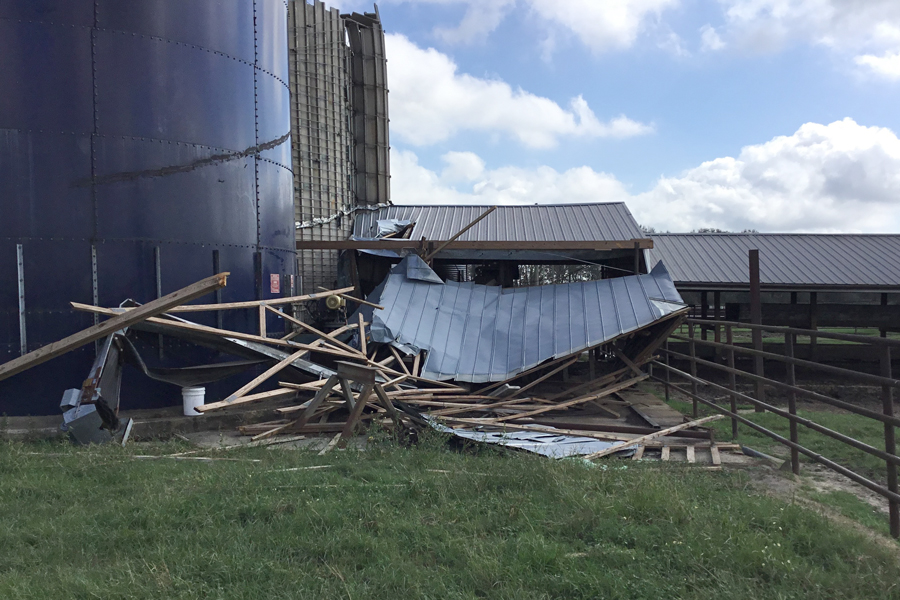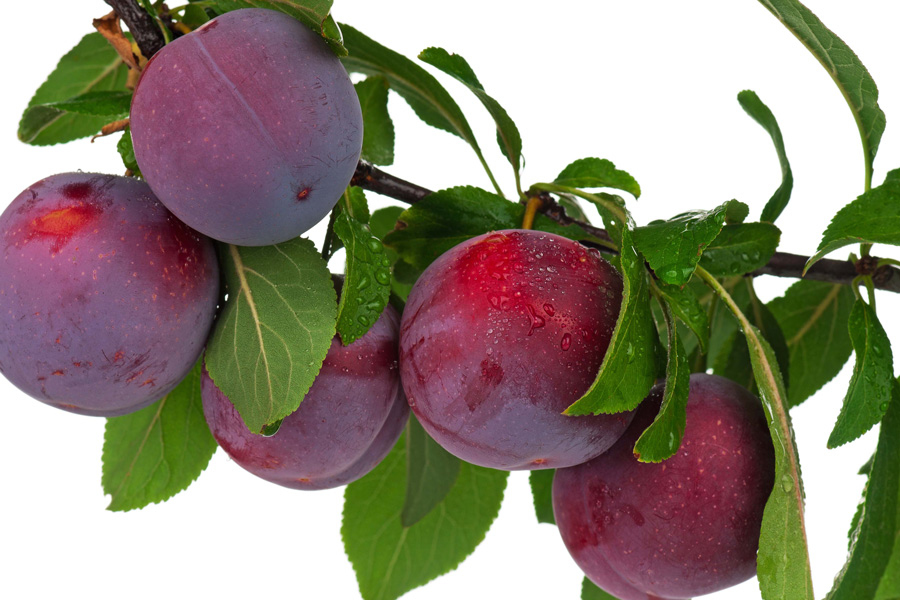-
 This report includes results of the 2018-2019 performance tests of small grains used for grain and forage. Grain evaluation studies were conducted in five locations in Georgia, including Tifton, Plains, and Midville in the Coastal Plain region; Athens in the Piedmont region; and Calhoun in the Limestone Valley region. Small…
This report includes results of the 2018-2019 performance tests of small grains used for grain and forage. Grain evaluation studies were conducted in five locations in Georgia, including Tifton, Plains, and Midville in the Coastal Plain region; Athens in the Piedmont region; and Calhoun in the Limestone Valley region. Small…|
-
 This report includes results of the 2017-2018 performance tests of small grains used for grain and forage. Grain evaluation studies were conducted in five locations in Georgia, including Tifton, Plains, and Midville in the Coastal Plain region; Athens in the Piedmont region; and Calhoun in the Limestone Valley region. Small…
This report includes results of the 2017-2018 performance tests of small grains used for grain and forage. Grain evaluation studies were conducted in five locations in Georgia, including Tifton, Plains, and Midville in the Coastal Plain region; Athens in the Piedmont region; and Calhoun in the Limestone Valley region. Small…|
-
 Many people view wetlands as “wastelands,” having few virtues. But it is now known that wetlands provide many useful services, from improving water quality to providing habitat for important fish and wildlife. These kinds of benefits would be costly to create, so maintaining natural wetlands is good for both the…
Many people view wetlands as “wastelands,” having few virtues. But it is now known that wetlands provide many useful services, from improving water quality to providing habitat for important fish and wildlife. These kinds of benefits would be costly to create, so maintaining natural wetlands is good for both the…|
-
 As a result of significant weather events, many producers in Georgia may experience losses of pasture growth, hay stocks, feed supplies, and livestock. After such events occur, farmers will be assessing damage to fields, stock, and property for many days, weeks, months. This publication is intended to provide recommendations to…
As a result of significant weather events, many producers in Georgia may experience losses of pasture growth, hay stocks, feed supplies, and livestock. After such events occur, farmers will be assessing damage to fields, stock, and property for many days, weeks, months. This publication is intended to provide recommendations to…|
-

B 1518
Home Garden Plums
This bulletin offers information about plum production, pruning, thinning, fertilization, and variety selection in the home garden. Plums belong to the Prunus genus and consists of many species of different origins and diverse fruit types. Most commercially grown varieties are derived from either Japanese or Asian plums (P. salicina and…|
-
 Brassica carinata is an annual oilseed crop used for the commercial production of jet fuel, animal feed, and valuable chemicals. Carinata has recently been introduced in Georgia as a cool season cash crop with cover crop benefits. Because it is grown in the winter, it has the potential to sustain…
Brassica carinata is an annual oilseed crop used for the commercial production of jet fuel, animal feed, and valuable chemicals. Carinata has recently been introduced in Georgia as a cool season cash crop with cover crop benefits. Because it is grown in the winter, it has the potential to sustain…|
-
 Fertilization is an important practice of maintaining plant health. The blueberry plant is no exception, but there are important considerations when fertilizing blueberries. The rates, timing, and type of fertilizer should be common knowledge for the grower. In this circular, how to fertilize blueberry plants is described with text, diagrams,…
Fertilization is an important practice of maintaining plant health. The blueberry plant is no exception, but there are important considerations when fertilizing blueberries. The rates, timing, and type of fertilizer should be common knowledge for the grower. In this circular, how to fertilize blueberry plants is described with text, diagrams,…|
-
 This quick reference guide provides an overview of common pests and predator groups and their sizes, habitat preferences, and timing in cotton fields. This visual guide is intended to help facilitate future scouting and provide information on common predatory arthropods in Georgia cotton systems. When growing cotton, scouting for key…
This quick reference guide provides an overview of common pests and predator groups and their sizes, habitat preferences, and timing in cotton fields. This visual guide is intended to help facilitate future scouting and provide information on common predatory arthropods in Georgia cotton systems. When growing cotton, scouting for key…|